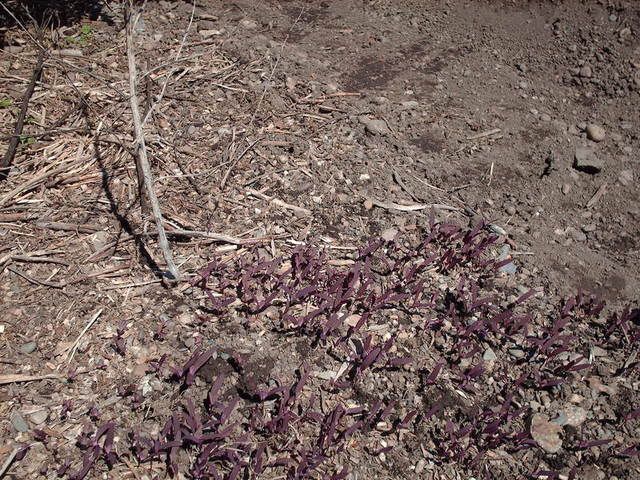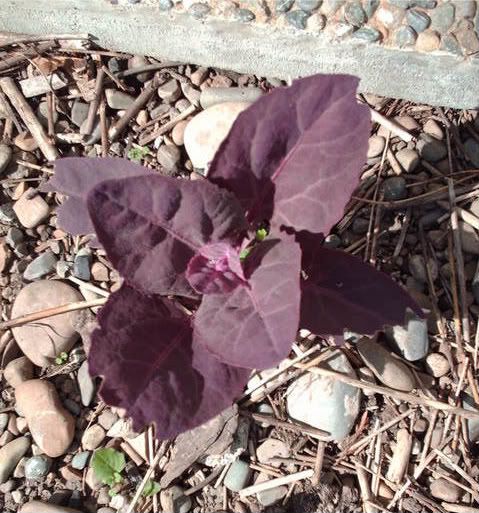Picco
Sprout
I love this stuff and would love to grow it. The plants look beautiful, does anyone have any experience with it?

 is in the Family: Amaranthaceae, Subfamily: Chenopodioideae Genus: Atriplex Species: hortensis
is in the Family: Amaranthaceae, Subfamily: Chenopodioideae Genus: Atriplex Species: hortensis


 Well, maybe.
Well, maybe.